What unfolds when the forces of colonial oppression collide with entrenched caste hierarchies against the canvas of a freedom struggle? The answer is “Captain Miller.”
Directed by Arun Matheswaran and featuring Dhanush in the lead role, embarks on a riveting journey to unravel the complexities of this intersection. Delving beyond the surface of British colonial rule, the film exposes the layers of privilege enjoyed by the elite while spotlighting the enduring grip of caste discrimination on the masses. Through its compelling narrative and nuanced characterisations, “Captain Miller” beckons audiences to confront uncomfortable truths and envision a future rooted in principles of equality and justice.
As the film unfolds, it deftly navigates through the layers of historical complexities, shedding light on the nuanced interplay between British colonial rule and India’s deeply entrenched caste system.
Analeesan’s journey in Captain Miller
Set in pre-Independence India, Dhanush portrays Analeesan, a man fueled by the flames of defiance against the oppressive grip of the local aristocracy in his village. With his indomitable mother by his side and their fellow villagers, Analeesan confronts the stark reality of discrimination, a bitter pill made all the more bitter when they find themselves barred from entering a temple they painstakingly built.
But tragedy strikes with the arrival of his brother Sengolan (played by Shiva Rajkumar) during a village festival, igniting a chain of events that culminate in a heart-wrenching assault by the upper caste, claiming their mother’s life.
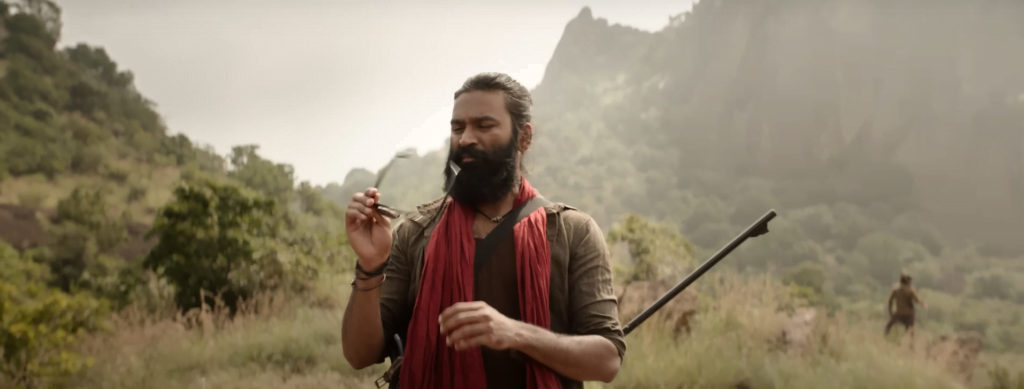
Driven by profound grief and an unwavering quest for justice, Analeesan takes a bold leap, placing his trust in an unlikely ally—the British army—in pursuit of the respect and dignity denied to him by the local tyrant. Renamed Miller amidst the regimented ranks of the British military, Analeesan yearns to break free from the oppressive grip of caste discrimination that has long oppressed him.
However, his hopeful aspirations are swiftly shattered when his first mission forces him into a violent clash with peaceful freedom fighters, forcing him to confront his role in perpetuating oppression. Disillusioned and adrift upon his return to the village, Miller’s world collapses further with the revelation of his brother’s involvement in the resistance. Hurt and directionless, he embarks on a solitary journey into the wilderness, seeking solace in solitude.
Yet, fate has other plans, leading him to a chance encounter with a band of dacoits led by the enigmatic Kannaya. Amidst the rugged landscape and newfound camaraderie, Miller’s inner flame reignites, fueling his unwavering determination to combat oppression in all its forms. Through his experiences with Kannaya and his companions, Miller embarks on a transformative journey of self-discovery, realising that his true calling lies not in alliances with external forces, but in harnessing his inner strength to challenge the established order. As he embraces his newfound purpose and presses onward in his pursuit of justice, Miller’s odyssey emerges as a powerful testament to resilience and defiance in the face of adversity.
The storyline takes place during an era when certain castes were obligated to serve the dominant leaders or higher authorities within their communities. Untouchability was not eradicated at this time. To add to the complexity of this is women’s rights. Sure, women from privileged backgrounds did have certain leeway, however, the Dalit women or women belonging to the native tribal groups didn’t have the same leeway. In addition to this, there is also patriarchy within the Dalit group as well.
When Miller is asked to shoot the non-violent protesters fighting for freedom, he shivers and shakes, realises his mistakes, and returns to the village. But the villagers shoo him away saying his brother Sengolan was also part of the non-violent protesters. What happens next forms the rest of the story.
The acting and emotional depth of the characters
One of the film’s most compelling aspects is its portrayal of emotions, particularly love, anger, guilt, and desperation. These emotions are not forced but deeply felt, resonating authentically with the characters and the audience alike. Dhanush’s portrayal of Eesan’s suppressed rage is particularly noteworthy, as his simmering emotions boil over into unadulterated fury, leaving a lasting impact on both the character and the viewer’s psyche.
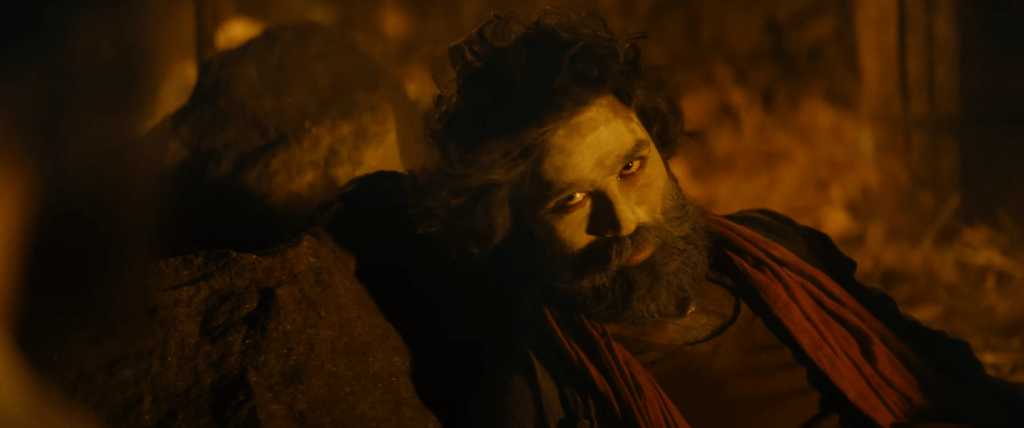
For anyone who loved Dhanush’s performances in “Asuran” and “Karnan,” “Captain Miller” is a must-watch treat. Dhanush shines in every scene, whether he’s in military uniform, sporting a rugged beard, engaging in intense action, or sharing tender moments with Priyanka Arul Mohan’s Velmathi. His portrayal is captivating, evoking a powerful blend of anger and anguish that grips the audience from start to finish.
Even at a pivotal moment in the film, Analeesan expresses the belief that the British bestowed upon the people respect, dignity, and sustenance. Director Arun Matheswaran poignantly raises important questions through Analeesan’s confrontation with Sengolan: “Who is our true adversary? Will we gain access to the temple’s sanctum sanctorum after attaining independence from the British? Are we truly fighting for the freedom of the landed gentry?”
Gender dynamics in Arun Matheswaran’s narrative
For those accustomed to cinema defined by heroism, muscle flexing, and glamour, “Captain Miller” may initially seem out of place. Directed by Arun Matheswaran, this film eschews traditional notions of heroism, presenting a gritty portrayal of individuals fighting oppression with guns and fire, rather than adhering to Gandhian ideals. From start to finish, “Captain Miller” is a relentless onslaught of action, captivating audiences with its high-octane intensity.
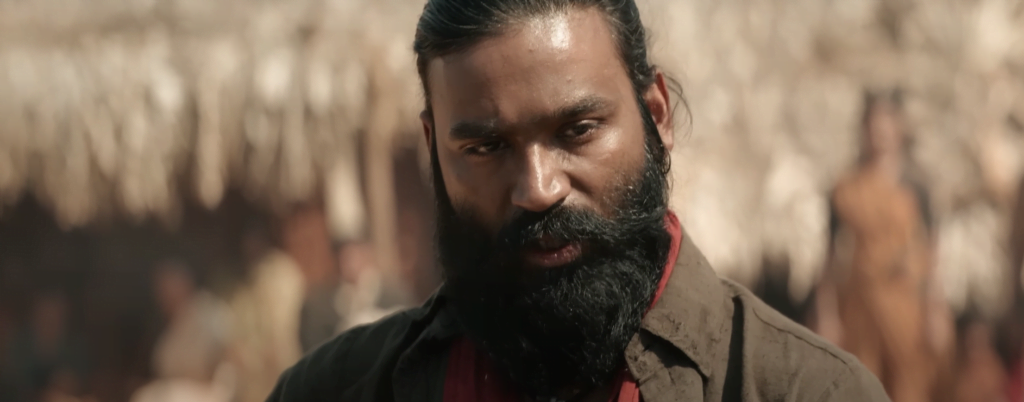
Matheswaran’s approach to portraying women is equally noteworthy. It’s heartening to see that amidst the violence of this action-packed film, Arun ensures that women have a significant presence. In contrast to the feeble, subservient stereotypes often seen in cinema, the female characters in “Captain Miller” are strong, independent, and integral to the narrative.
Priyanka Mohan’s portrayal of a freedom fighter-doctor and Niveditha Sathish’s depiction of a dacoit and rebel are particularly well-written, adding depth and complexity to the story.
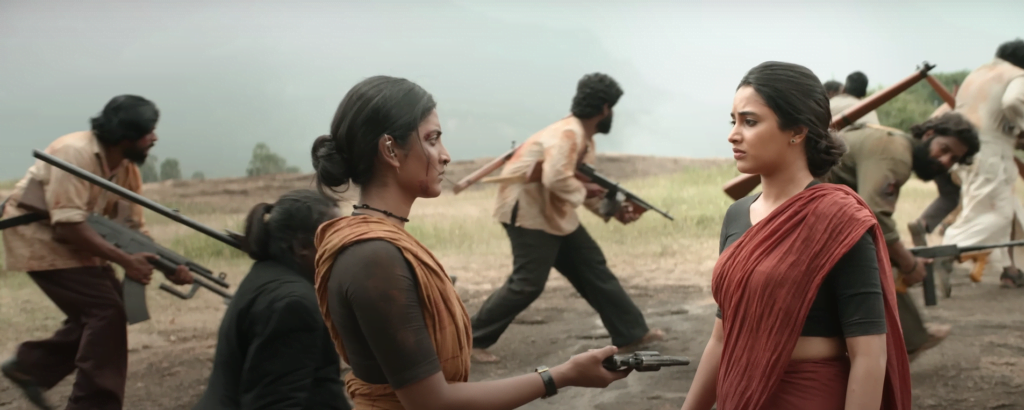
The blossoming romance between Easa and Velmathi adds a tender touch to the film, with Easa falling for Velmathi’s kindness effortlessly. Scenes where they discuss patriarchy while performing household chores are poignant, highlighting Matheswaran’s thoughtful exploration of gender dynamics. However, the frustration arises from the fact that many of these moments remain unresolved, leaving viewers longing for more depth and development in their relationship.
Nevertheless, amidst the adrenaline-fueled chaos, the film delves into complex themes, notably highlighting the diverse interpretations of freedom among different segments of society. Inclusive feminism and nuanced perspectives on gender dynamics are subtly woven into the narrative, enriching the character-driven storyline.
Impact and significance of Captain Miller
While “Captain Miller” offers a riveting cinematic experience, it’s not without its flaws. Clocking in at over two hours, the film can feel a tad long, with many action sequences filled with guns, gunpowder, and bloodshed that may become tiresome for some viewers, particularly during prolonged chase scenes.
Dhanush delivers flawlessly, portraying a complex character who sees himself as a devil but is revered as a god by his community. The film prompts reflection on Miller’s morality: Is he good, bad, or beyond judgment? Does he even care? Intriguingly, it opens with the idea of stories turning real acts of bravery into mythical feats, transforming ordinary individuals into deities.
“Captain Miller” thus chronicles the journey of an oppressed everyman, a staunch defender of self-respect, as he ascends to a formidable divine status.
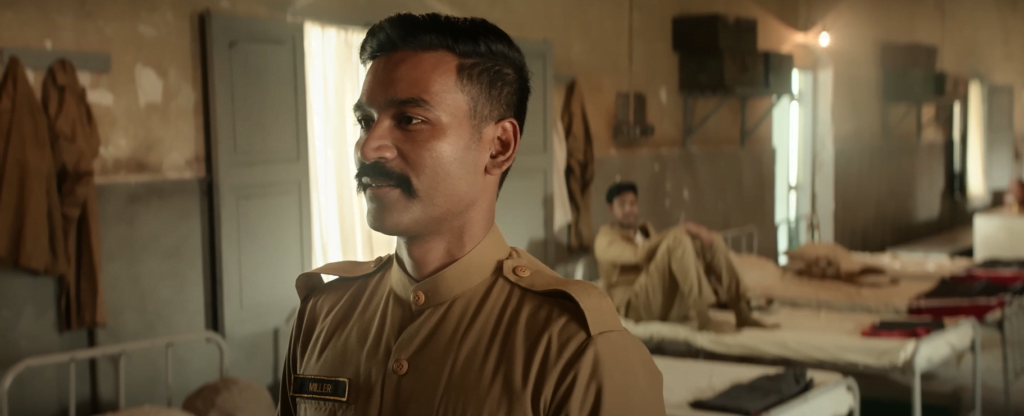
“Captain Miller” serves as a compelling example of the profound impact cinema can have on its audience. It tells a poignant story of perseverance, resilience in the face of adversity, and the journey towards self-discovery. Through its narrative, the film emphasises the importance of standing up against injustice and the continuous process of personal growth and redemption.
As viewers immerse themselves in this cinematic odyssey, they are challenged to confront uncomfortable truths, wrestle with moral dilemmas, and emerge with a renewed sense of hope for a brighter future.




